Movie Misfires: Top Hollywood Gun Mistakes
July 15th, 2021
8 minute read
Watching any movie requires a certain level of “suspension of disbelief” — otherwise it would be impossible to enjoy what we’re watching. In other words, we must look past the unlikely (or at times the almost impossible to accept) story. It isn’t just fantasy or superhero movies that require us to accept the story; even romantic comedies have a fair amount of improbability — but it’s action movies that typically require the most suspension of disbelief.
Much like those superhero films, where we go in already accepting it isn’t going to be a realistic depiction of the world, action movies require that we must believe the impossible. They often feature car chases that are over the top, heists that could never be pulled out, and ability to make shots even a trained marksman couldn’t pull off.
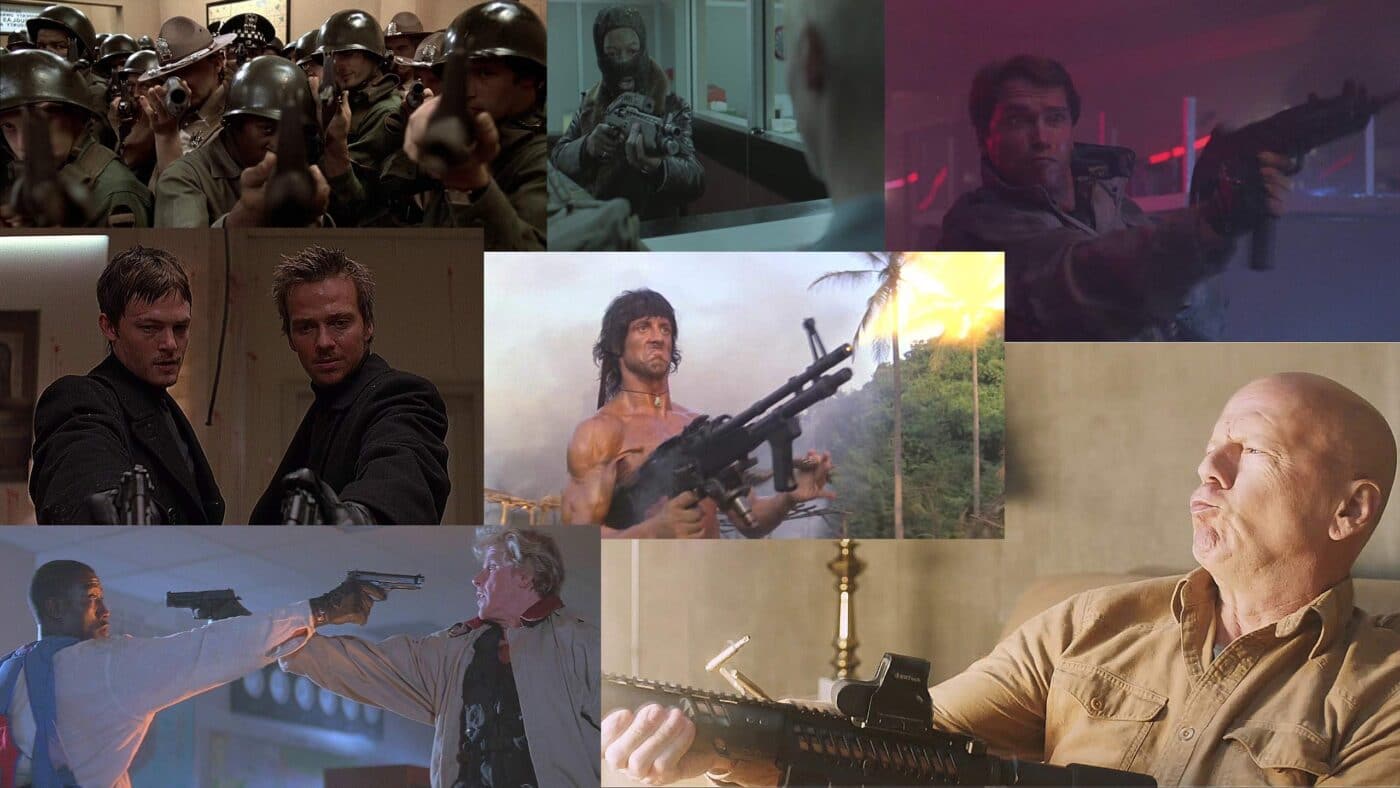
Yet, when it comes to firearms, regardless of the genre, there are many movie gun mistakes that are all too common — and actually rather stupid. We can accept that someone will always make the perfect shot — Bruce Willis does this repeatedly in the Die Hard series; it’s the way firearms operate and are handled, often by supposed experts, that can make some films all but unwatchable for gun enthusiasts.
Here is a recap of some of the worst movie gun offenders that break that suspension of disbelief and must be called out.
Repeated Charging of Shotguns
If a shotgun is in a movie, chances are you heard it being ratcheted … a lot!
Sure, that ratchet sound of a shotgun is iconic, but it is now all too common to see characters already aiming a shotgun at someone and then he/she takes the time to ratchet the action again to stress they mean business. Doing so of course would or at least should expel a round/shell from the firearm. So why do we see it so often?
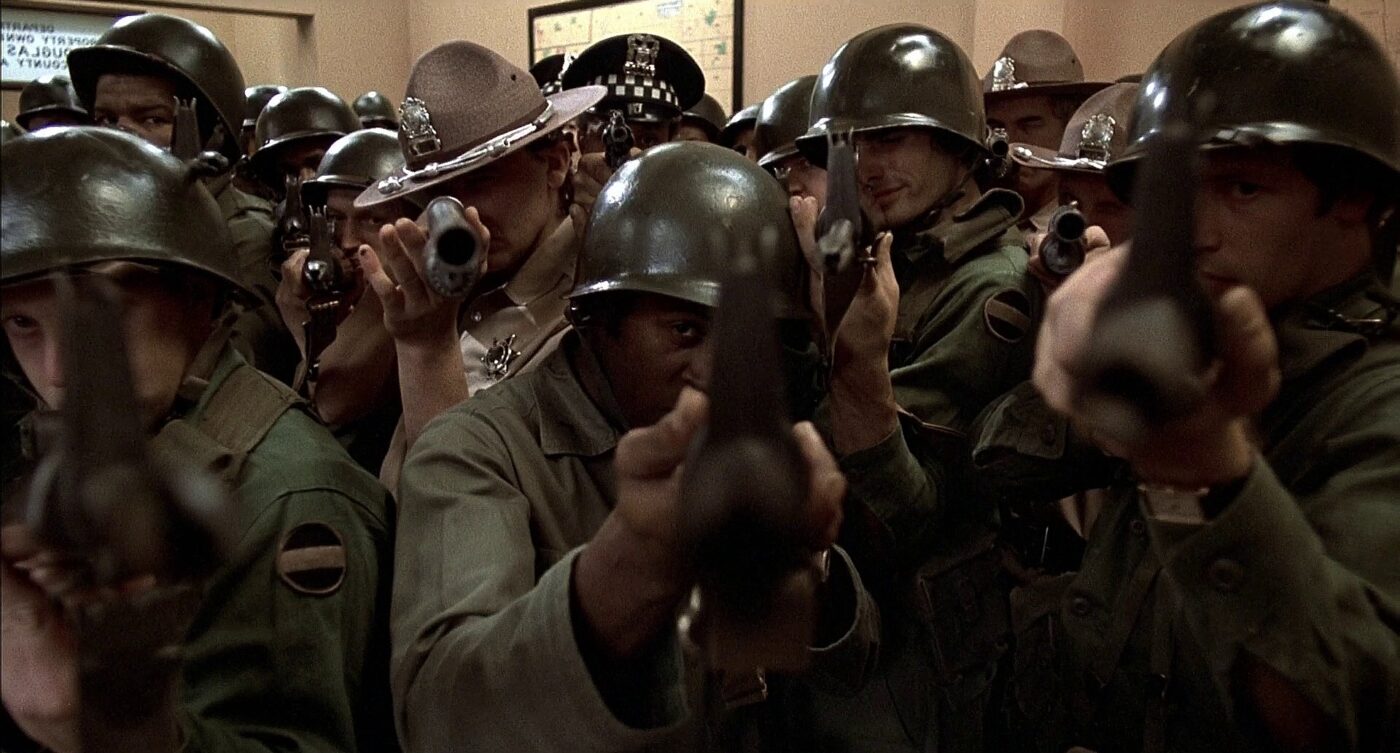
Even those who have never handled a real shotgun know the sound, so that is the down-and-dirty answer. Audiences have come to expect to hear it.
In fairness, sometimes it is even necessary. While not exactly an “action movie,” 1980s The Blues Brothers certainly has a lot of action, and when Jake (John Belushi) and Elwood (Dan Aykroyd) are finally apprehended, the sound of charging shotguns (among other firearms) is present!
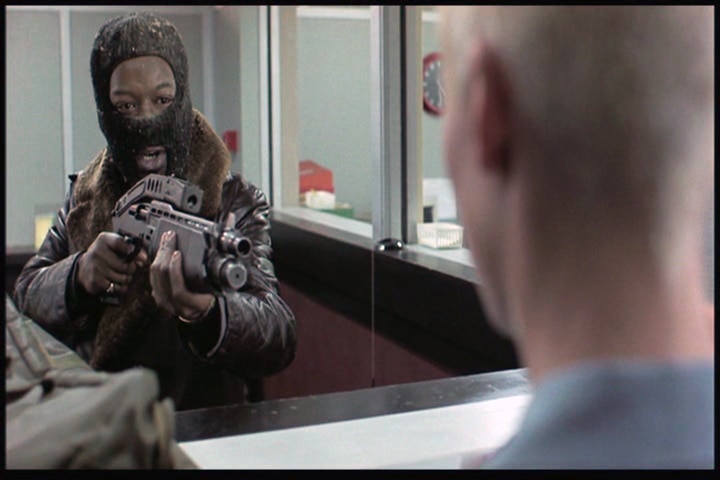
Writer/director Guy Ritchie at least pokes fun at this common mistake with shotguns being ratcheted repeatedly in the 2000 film Snatch, where Lennie James’ (The Walking Dead/Fear the Walking Dead) character charges his Franchi SPAS-12 shotgun several times during a heist scene. It should be noted the same character fires and shatters the windows of his car to test the loudness of a blank-firing pistol!
Pistols Are Cocked Repeatedly
It isn’t just shotguns that Hollywood clearly misunderstands, as there is also an outright obsession with hammer-cocking sounds from pistols as well. As with the ratchet of a shotgun, the hammer cocking or racking of a pistol are meant to be dramatic sounds, and is often done to show the uninformed viewer that the character knows how to handle a weapon, even if it often comes off as silly.
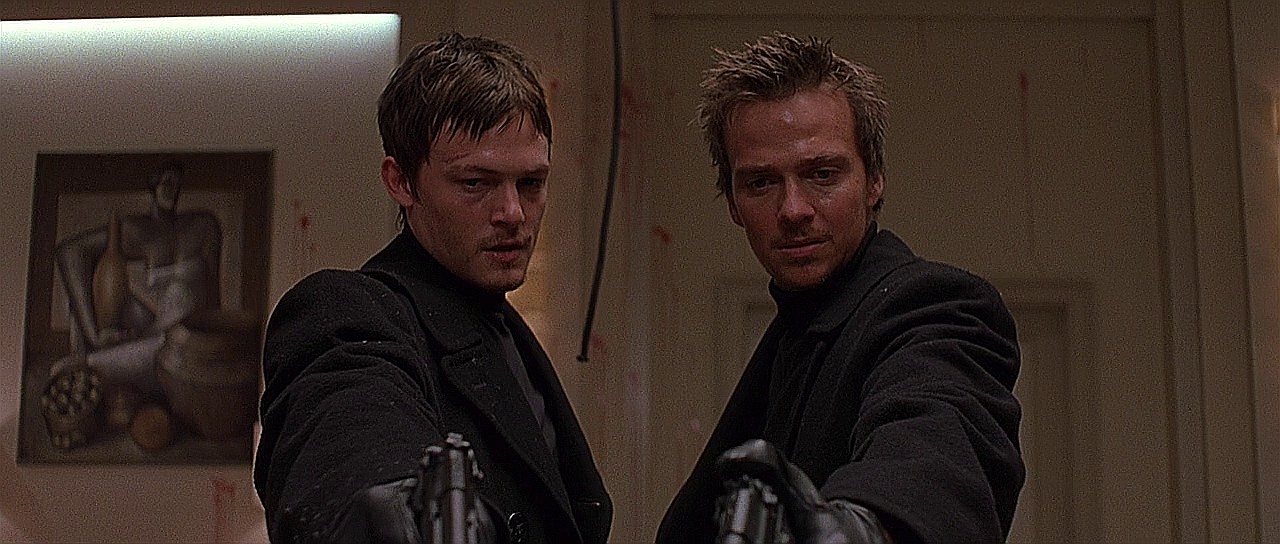
This most egregious example of hammer cocking is certainly the 1999 cult classic The Boondock Saints, where the main characters say a prayer and then manually pull the hammers back on their pistols to cock them. Of course, the hammer would have already been cocked when they racked the slide. But why ruin a perfectly good moment by being realistic?
Many other times characters seem to rack the pistol again, even after having fired a round. All this would do of course is expel the round that was in the chamber.
Pistol Slides Don’t Lock
Another common movie troupe is the empty pistol. The hero and villain have a showdown and have their semi-automatic pistols aimed at one another and then you hear “click, click” when either or both pull the trigger. Shockingly, both handguns are amazingly empty, a true impossibility because anyone who has ever fired a semi-automatic knows the slide locks when the gun’s magazine is emptied.
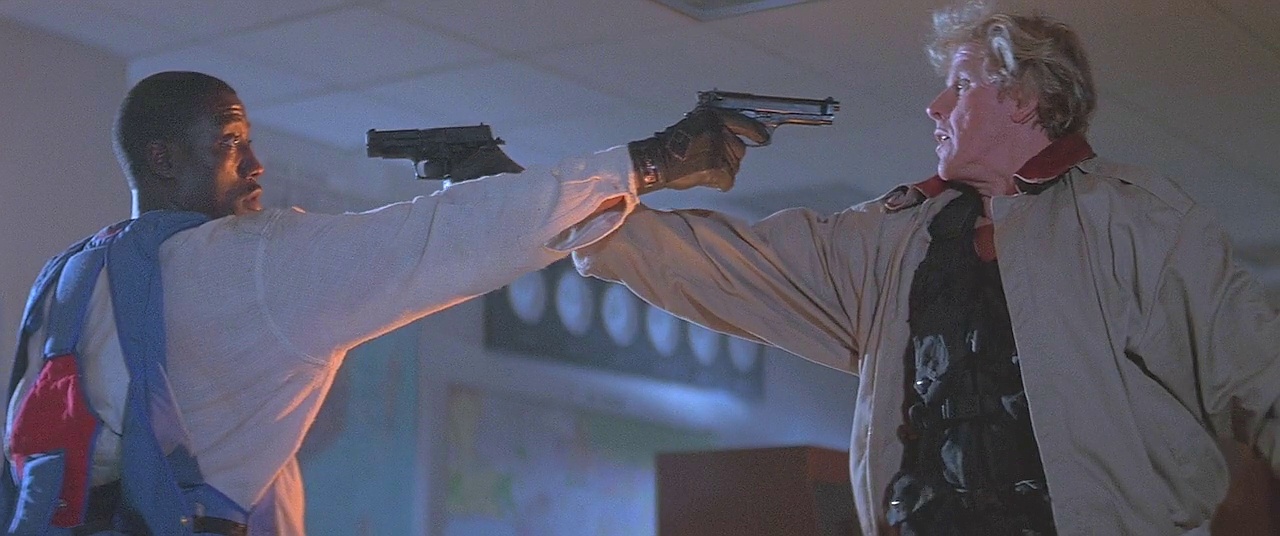
That sort of scene played out in a few Hong Kong action films, but was also seen in the 1994 film Drop Zone starring Wesley Snipes — whose character apparently didn’t keep track of how many rounds he fired, but based on the actor’s accused inability to file taxes as well we might forgive him for not being able to keep track of numbers.
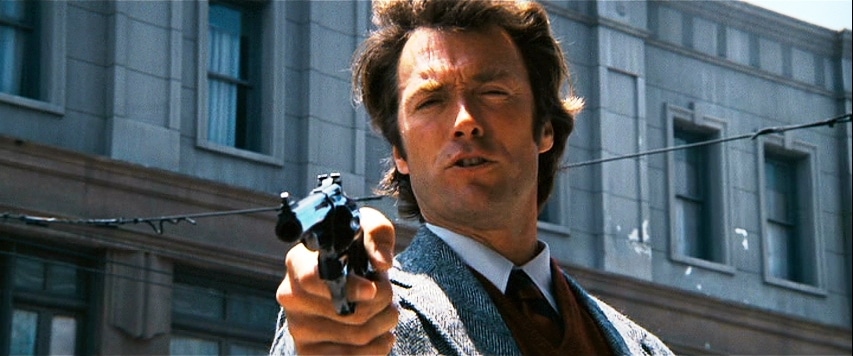
Of course, the question must be asked of the writers and directors: Why didn’t characters use revolvers, which would have made this far more realistic? In fact, it worked when “Dirty” Harry Callahan had to stare down a criminal while aiming his .44 Magnum stating boldly, “I know what you’re thinking: ‘Did he fire six shots or only five?’ Well, to tell you the truth, in all this excitement, I’ve kinda lost track myself.” In that case he did in fact fire six — but the punk didn’t feel lucky enough to take the chance and find out.
Hero/Villain Has a Full-Auto
Today, opponents of the Second Amendment go to great lengths to confuse the uninformed about the differences between semi-automatic and full-automatic weapons — but movies are certainly to blame as well. Repeatedly it is seen that all you have to do to “buy a machine gun” or other automatic weapon is to head down to the local gun shop.
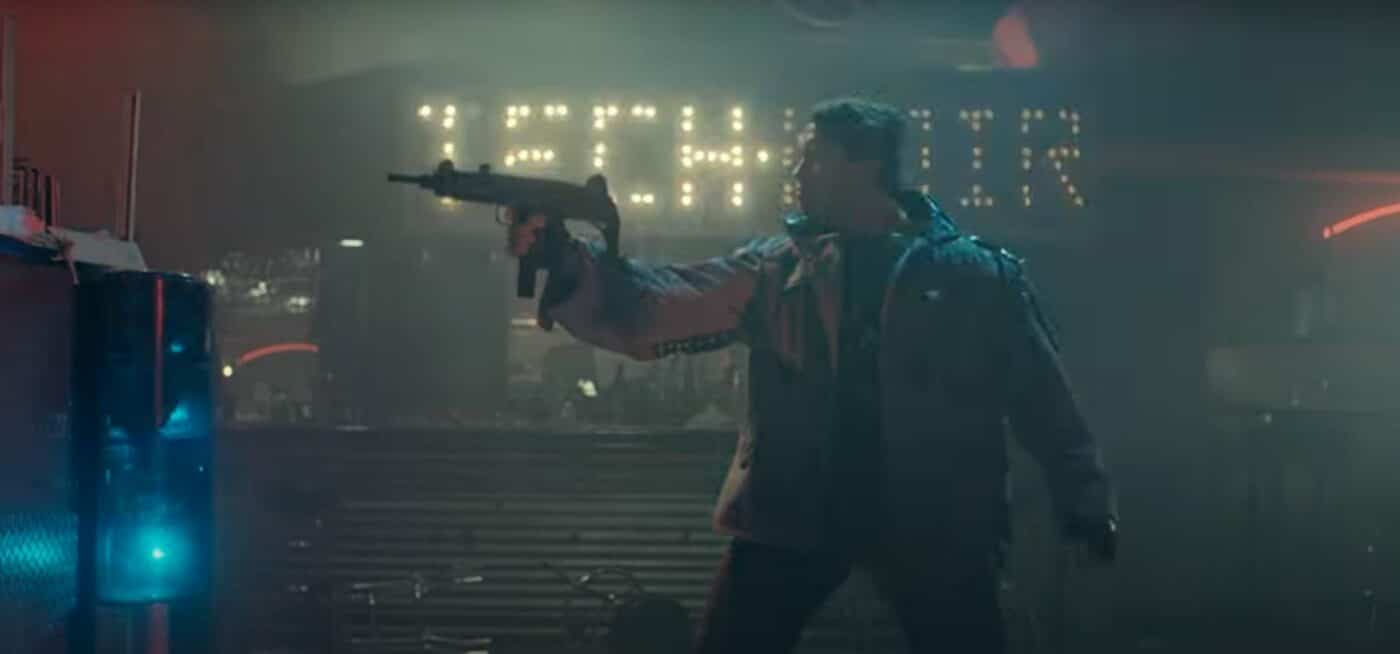
That is what the T-800 did in The Terminator when he bought an Uzi off-the-shelf. You could argue that this was before the 1986 ban on the manufacture and sale of new “machine guns.” But it does lead people to believe that it is extremely easy to acquire these, when it is not.
More recently in the 2018 remake of Death Wish, trauma surgeon Paul Kersey (Bruce Willis) is shown to have little to no experience with firearms — and has to watch YouTube videos for instruction. Yet, by the end of the film (spoiler alert) he’s armed with an F-1 Firearms BDR-15-3G AR pistol that is also full-auto.
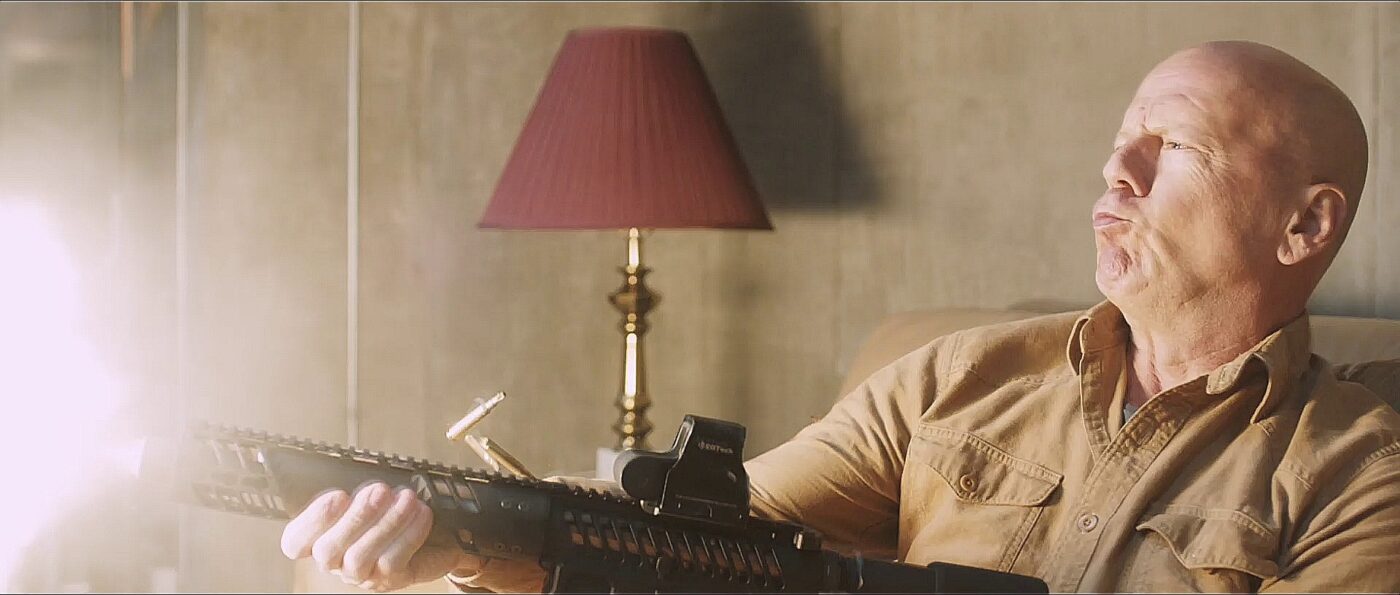
That particular weapon was never available prior to May 1986, so it wouldn’t even be a National Firearms Act (NFA) item. Even then, looking past all of that, it would still take upwards of a year for the paperwork to process where legal. Why he couldn’t have used a shotgun and simply ratcheted it repeatedly is anyone’s guess!
Endless Fire on Full-Auto
Among the most common movie mistakes is still how automatic weapons are fired, and often by those who would be trained to know better. As seen in countless films, machine guns are fired repeatedly without any fear that the barrel will overheat and fail. It is impressive enough that Rambo (Sylvester Stallone) is able to fire the M60E3 from the hip with great accuracy — and against almost all military or firearms doctrine — but somehow the weapon’s barrel never needs to be swapped out.
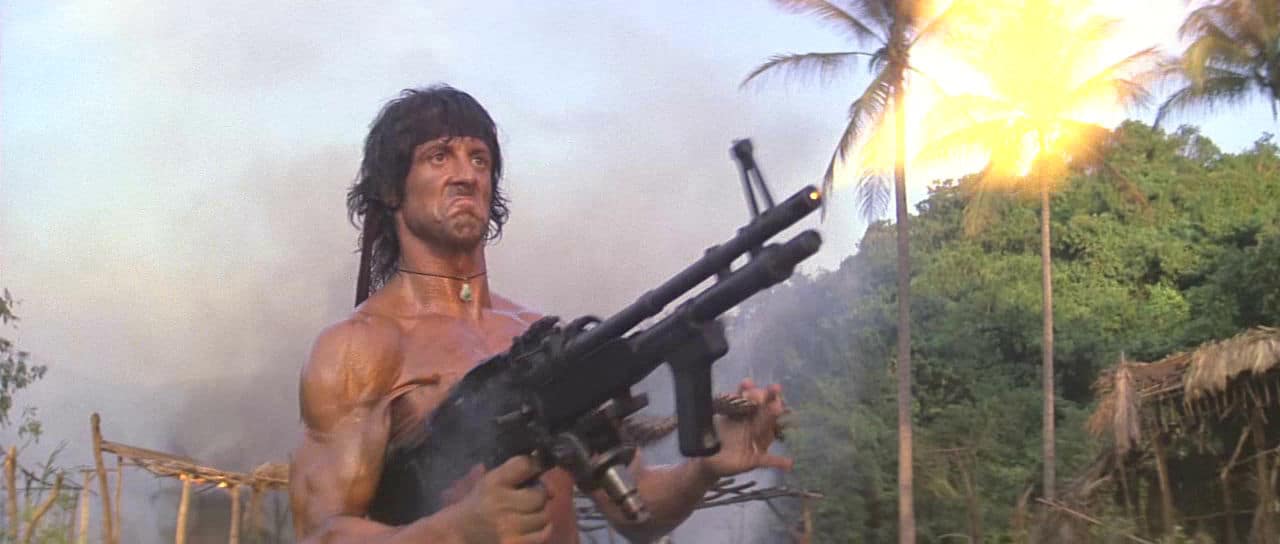
To further nitpick, how is the modified 1980s version of the M60 in Vietnam in the first place — just saying.
Beyond the hows and whys, it is just all too common to see fully automatic weapons fired to the point that the guns should fail. Rarely does it happen, and only Saving Private Ryan is it even suggested that the German MG-42, a weapon that earned the nickname “Hitler’s Buzzsaw” for its high rate of fire, required the swapping out of barrels.
In fairness to the filmmakers, perhaps it would be tedious to see such things as the changing of a barrel on the big screen and break the flow of action, but few war films even note this point. If anything, it could show the pressure of having to worry about such things.
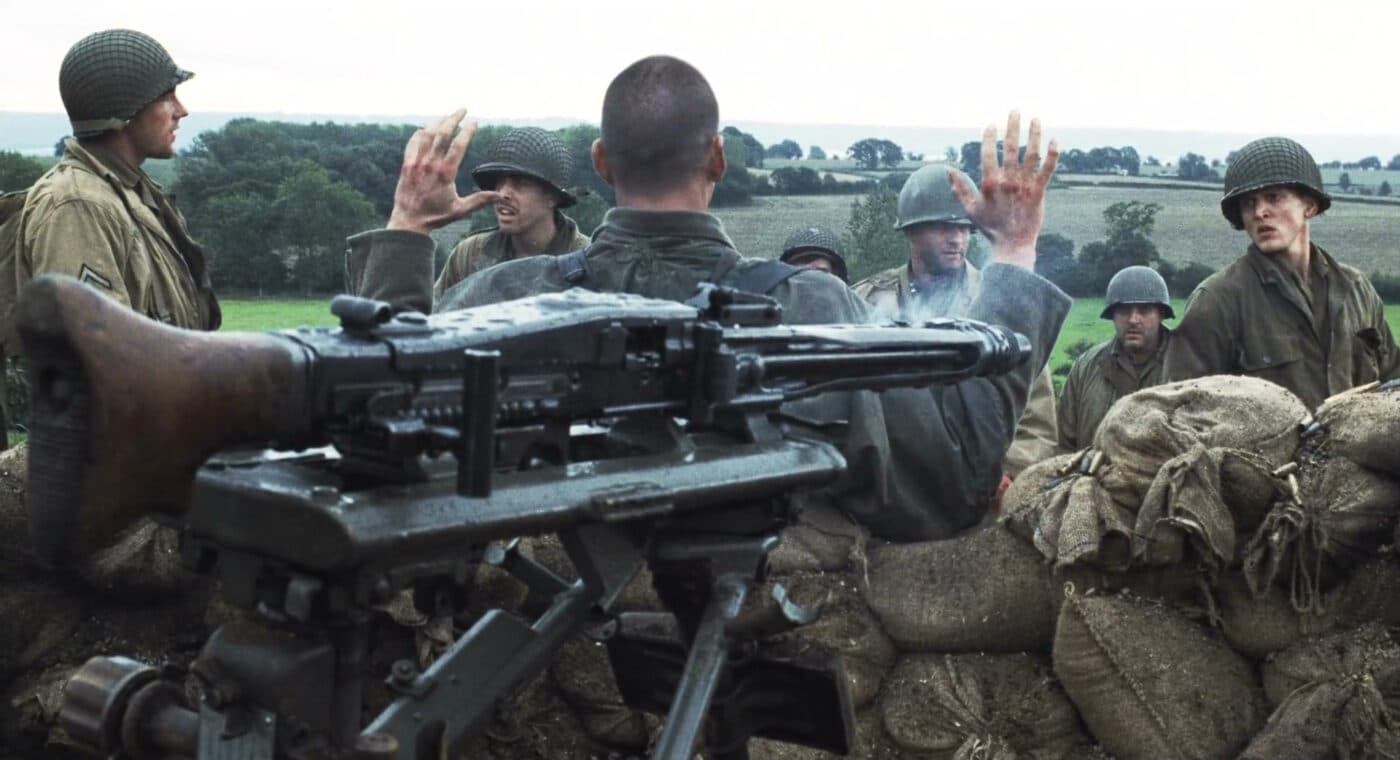
Yet, few films even make the point that automatic weapons need to be fired on short, controlled bursts both for accuracy and to ensure that ammunition isn’t wasted.
Totally Silent
The misinformation on the issue of “silencers” is now so great that our nation’s lawmakers have stopped virtually all efforts to even have a debate about legislation that would make suppressors more readily available to the average shooter. Opponents of the Second Amendment suggest that criminals would rush out to buy these “silencers,” tools they believe are used by assassins and criminals.
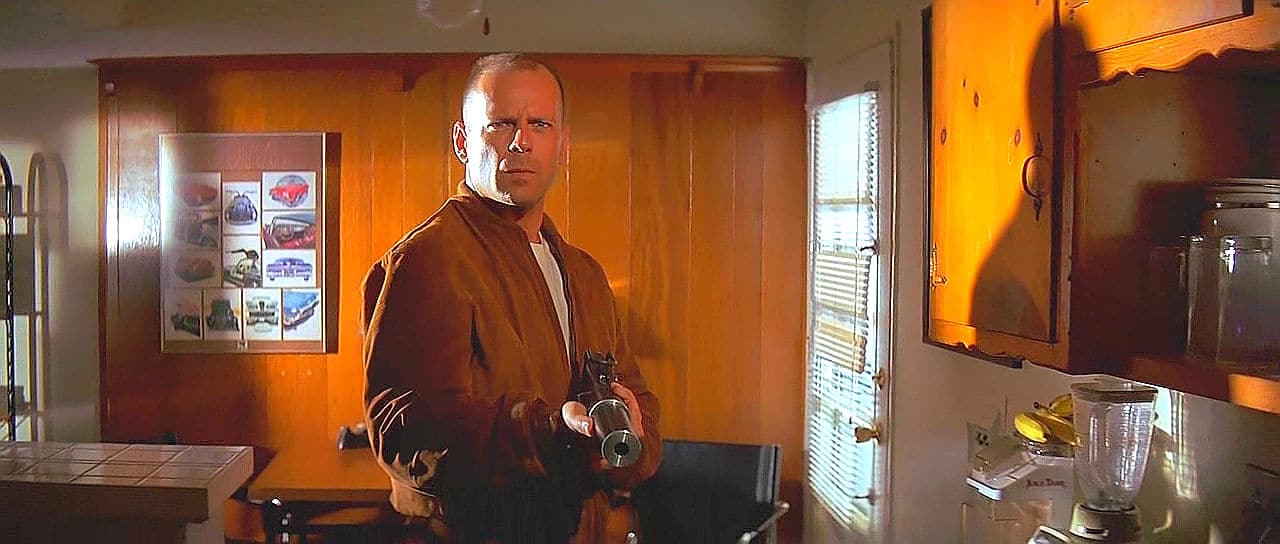
That’s because movies suggest that silencers do exactly what the name suggests — silence a gun to the point that all you hear is a low “pop, pop” sound. In fact, suppressors actually just lower the decibels of a firearm from a level that can be potentially harmful to the shooter to one that makes it safer without the need for hearing protection. Yet, movies such as Pulp Fiction propagate the myth of the silencer where a gun can be fired and someone in the next apartment wouldn’t immediately call 911!
“Trained” Experts Handle Guns Wrong
Finally, the most egregious pet peeve for anyone who knows anything about firearms is how “experts” and those with “training” appear to handle firearms on the screen. While it is annoying to see modern stances in period films, what is truly frustrating is to see how characters that are supposed to be FBI agents, spies and military hold their guns so badly.
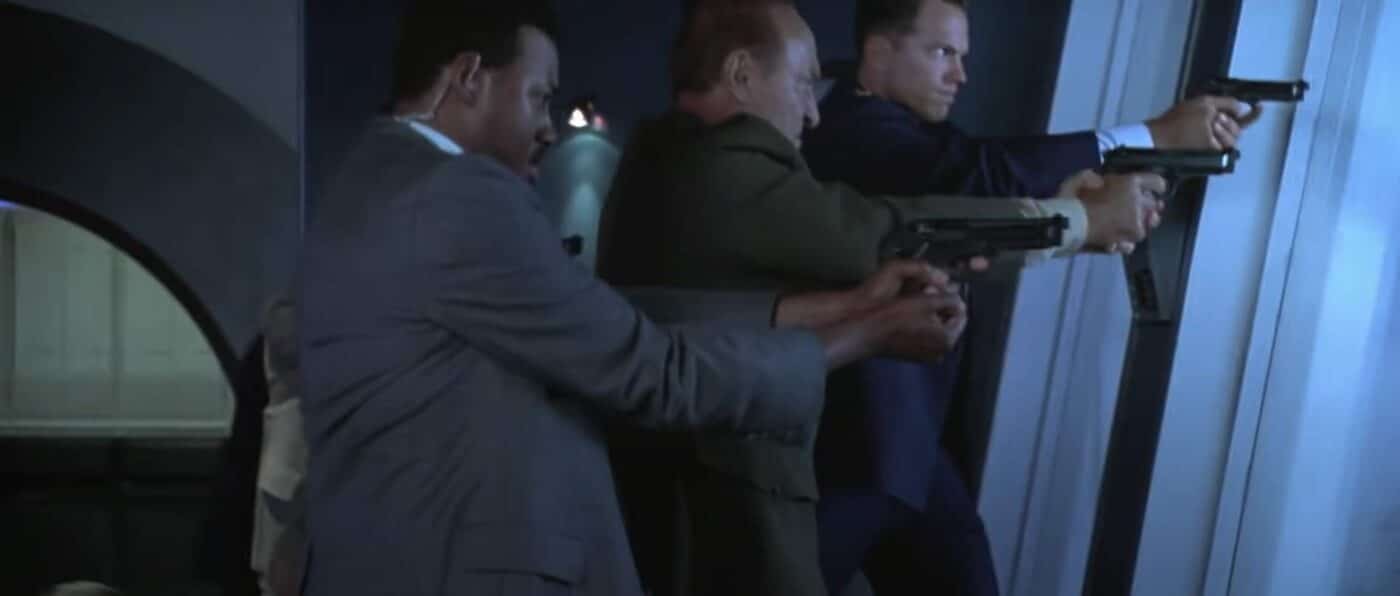
Too often actors fall back on the cup-and-saucer grip, or have a shooting posture that is just wrong.
It was 1996s Independence Day that perhaps highlights this more than any other film. United States Air Force Major Mitchell (Adam Baldwin) appears to use an off-balance Weaver Stance, where his arms and legs aren’t positioned correctly. Meanwhile, in the same scene a Secret Service agent can be seen using a cup-and-saucer grip — something no trained agent would ever do.
Conclusion
While most viewers likely never notice these or numerous other movie gun mistakes, once you see them, you can’t “un-see” them and it takes some of the enjoyment out the films. It is also more than a nitpick, because these are facts that also lead to a general misunderstanding of firearms in general.
Editor’s Note: Be sure to check out The Armory Life Forum, where you can comment about our daily articles, as well as just talk guns and gear. Click the “Go To Forum Thread” link below to jump in!
Join the Discussion
Continue Reading
Did you enjoy this article?

 382
382






